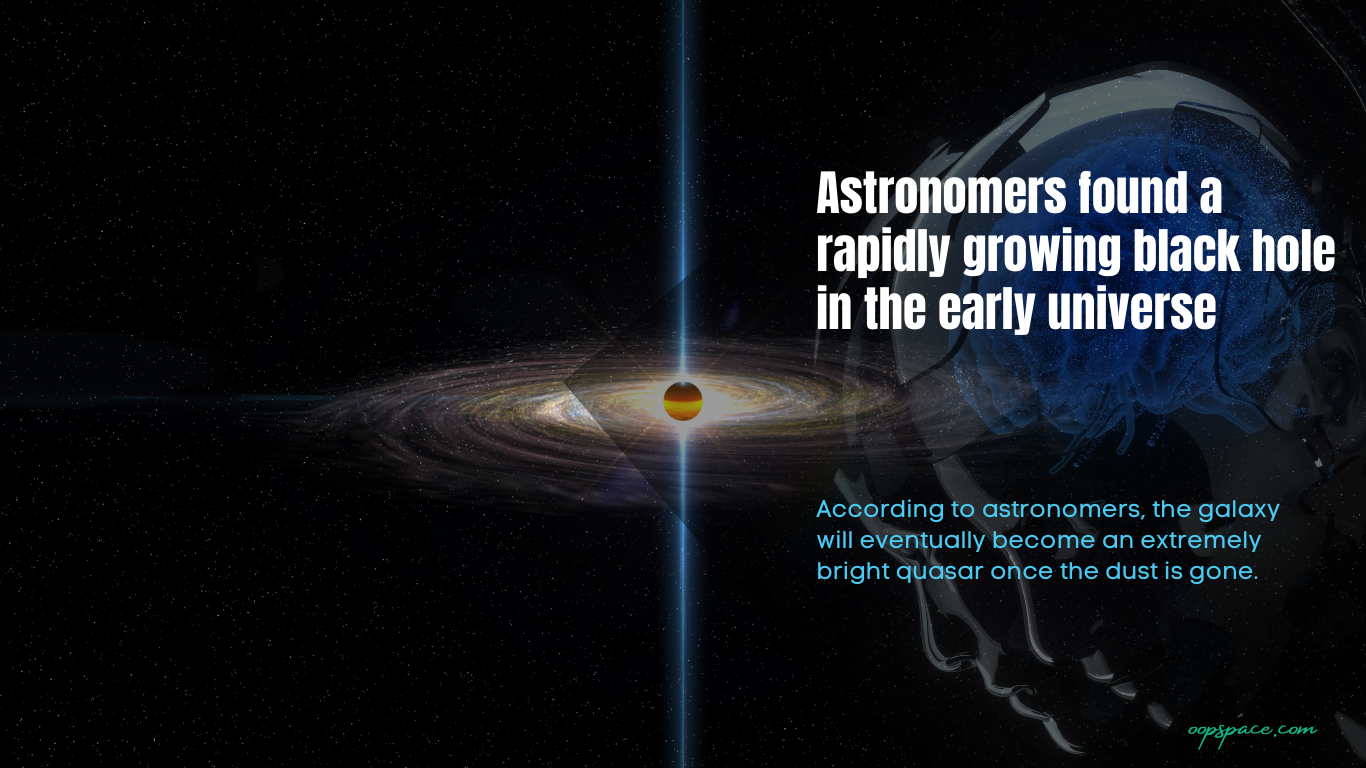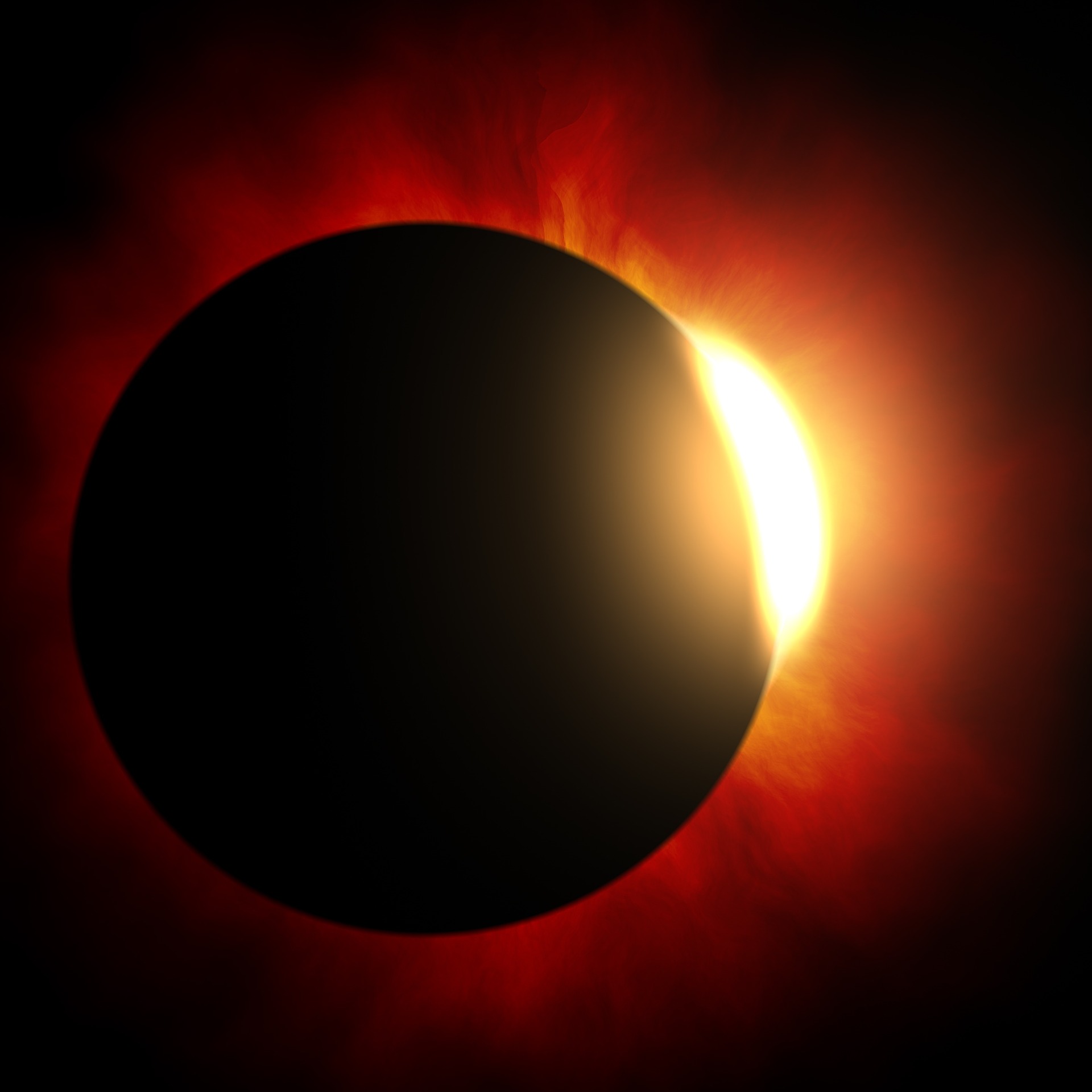Astronomers have developed a new way to ‘see’ the first stars: Why is it important?

A team of researchers, led by the University of Cambridge, has developed a method, which will enable them to ‘see’ through the fog of the early Universe and detect light from the first stars and galaxies.
The new technique will allow them to observe and study the first stars through the clouds of hydrogen that filled the Universe about 378,000 years after the Big Bang.
Universe’s evolution after the Big Bang – a quick look
According to the Big Bang theory, after the Universe was formed, it was in a very hot and dense state and rapidly expanded. The event is thought to have kick-started the universe about 13.7 billion years ago. Initially, the universe was too hot and dense for particles to be stable. But then, the first quarks formed, which then grouped together to make protons and neutrons, and eventually the first atoms were created.
Almost all astronomers now agree that, during the Big Bang, all of the space time, matter, and energy in the Universe was created. This incredible explosion hurled matter in all directions and caused space itself to expand. Along with the cooling of the Universe, the material in it combined to form galaxies, stars, and planets.
It’s noteworthy that the Big Bang didn’t occur in an already existing space. Rather, it initiated the expansion and cooling of space itself.
The Big Bang theory states that starting from extremely high density and temperature, space expanded, the universe cooled, and the simplest elements formed. Then, gravity gradually drew matter together to form the first stars and the first galaxies.
According to NASA, the growth of the universe continued after inflation, but at a slower rate. One second after the Big Bang, the universe was filled with neutrons, protons, electrons, anti-electrons, photons and neutrinos.
In the early years, everything was made of gas. Gravity caused gas and dust to form galaxies, stars , planets, and more over billions of years.
The scientific community currently accepts that space is expanding and that this expansion began during the first fraction of a second after the Big Bang, or nearly 13.8 billion years ago, based on a vast amount of experimental observation and theoretical work. “Metric expansion” is the term used to describe this process.
Scientists observe emission spectra that are “shifted” toward the red end of the electromagnetic spectrum while studying the radiation released by far-off stars or galaxies; the observed wavelengths are longer than projected. Something causes the wavelength of the radiation to ‘stretch’.
What did the astronomers develop?
For decades, astronomers have made their main target to observing the birth of the first stars and galaxies.
In such, the astronomers say that they have developed a new technique that will enable them to explain how the Universe evolved from the emptiness after the Big Bang to the complex realm of celestial objects we observe today, 13.8 billion years later.
The astronomers are hopeful that the Square Kilometre Array (SKA) will be able to make images of the earliest light in the Universe. SKA will be the next-generation telescope due to be completed by the end of the decade. But for current telescopes the challenge is to detect the cosmological signal of the stars through the thick hydrogen clouds.
The signal that astronomers aim to detect is expected to be approximately one hundred thousand times weaker than other radio signals coming also from the sky – for example, radio signals originating in our own galaxy.
Using a radio telescope itself introduces distortions to the signal received, which can completely obscure the cosmological signal of interest. This is considered an extreme observational challenge in modern radio cosmology. Such instrument-related distortions are commonly blamed as the major bottleneck in this type of observation.
Why is the development of the new methodology important?
The researchers claim that the new methodology will be useful to see through the primordial clouds and other sky noise signals, avoiding the detrimental effect of the distortions introduced by the radio telescope.
They say the methodology, part of the REACH (Radio Experiment for the Analysis of Cosmic Hydrogen) experiment, will allow astronomers to observe the earliest stars through their interaction with the hydrogen clouds, in the same way we would infer a landscape by looking at shadows in the fog.
Improving the quality and reliability of observations from radio telescopes looking at this unexplored key time in the development of the Universe, they are expected to make first observation with the new method from REACH later this year.
According to Dr Eloy de Lera Acedo from Cambridge’s Cavendish Laboratory, the paper’s lead author, at the time when the first stars formed, the Universe was mostly empty and composed mostly of hydrogen and helium.
As reported on 21 July in the journal Nature Astronomy, Dr. Eloy added: “Because of gravity, the elements eventually came together and the conditions were right for nuclear fusion, which is what formed the first stars. But they were surrounded by clouds of so-called neutral hydrogen, which absorb light really well, so it’s hard to detect or observe the light behind the clouds directly”.
The original result would require new physics to explain it, due to the temperature of the hydrogen gas, which should be much cooler than our current understanding of the Universe would allow, the astronomers said.
de Lera Acedo, one of the researchers in the team, said that if they could confirm that the signal found in that earlier experiment had really been from the first stars, “the implications would be huge”.
How will astronomers use the new method to see early stars?
In order to study the earlier period in the evolution of the Universe, astronomers study the 21-centimetre line. It’s an electromagnetic radiation signature from hydrogen in the early Universe. They look for a radio signal that measures the contrast between the radiation from the hydrogen and the radiation behind the hydrogen fog.
The methodology uses Bayesian statistics to detect a cosmological signal in the presence of interference from the telescope and general noise from the sky, so that the signals can be separated.
To do this, state-of-the-art techniques and technologies from different fields have been required.
“In essence, we forgot about traditional design strategies and instead focused on designing a telescope suited to the way we plan to analyse the data — something like an inverse design. This could help us measure things from the Cosmic Dawn and into the epoch of reionisation, when hydrogen in the Universe was reionised”, Lera Acedo added.
Professor de Villiers, co-lead of the project at the University of Stellenbosch in South Africa said, “Although the antenna technology used for this instrument is rather simple, the harsh and remote deployment environment, and the strict tolerances required in the manufacturing, make this a very challenging project to work on”.
“We are extremely excited to see how well the system will perform, and have full confidence we’ll make that elusive detection”, de Villiers added.
Conclusion
Following the development of the new methodology, the researchers hope to see through the primordial clouds and other sky noise signals, avoiding the detrimental effect of the distortions introduced by the radio telescope.
In such a way, they aim to observe how did early stars interact with surrounding hydrogen gas. Let’s hope they’ll be able to read the important signal from the Cosmic Dawn and into the epoch of reionisation, when hydrogen in the Universe was reionised. If it happened, it would be another milestone in the history of space exploration.
Source: Agencies
Auto Amazon Links: No products found.


